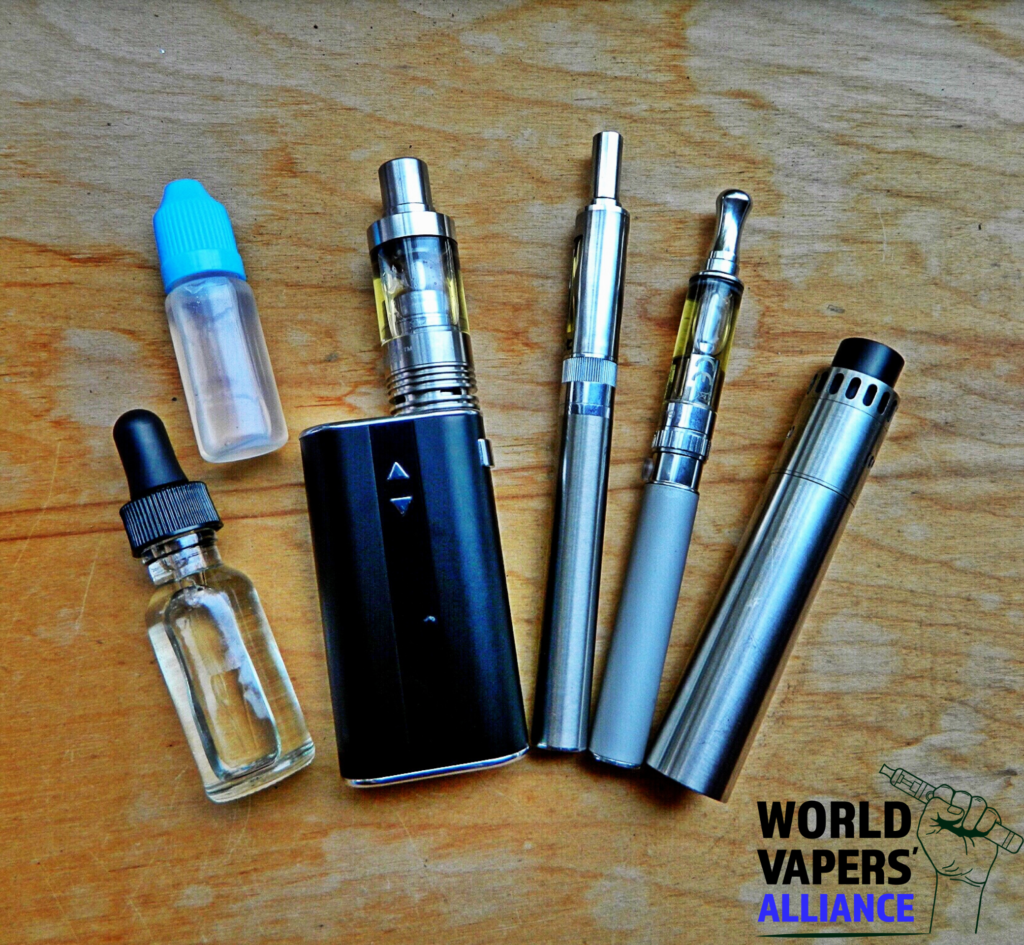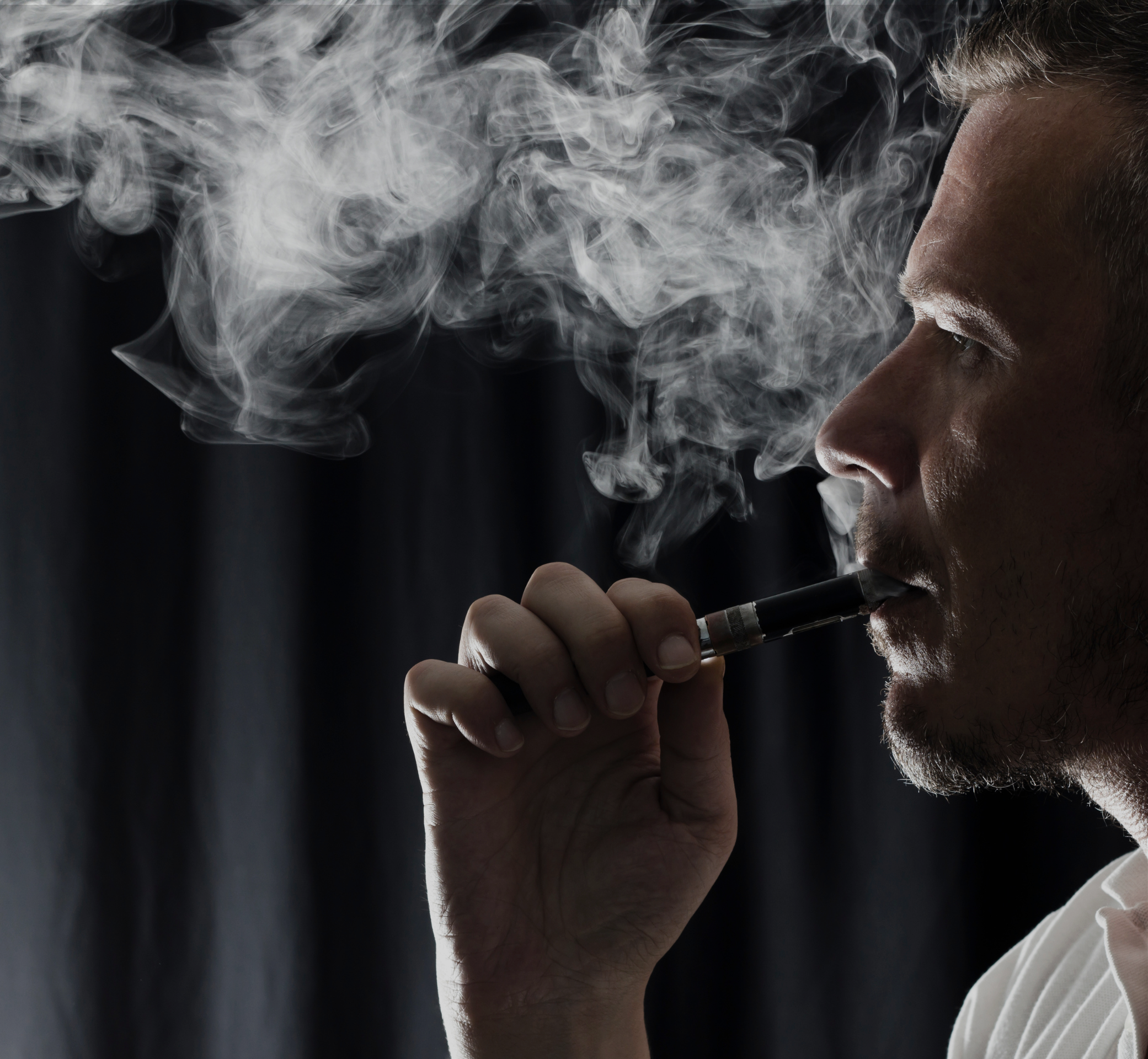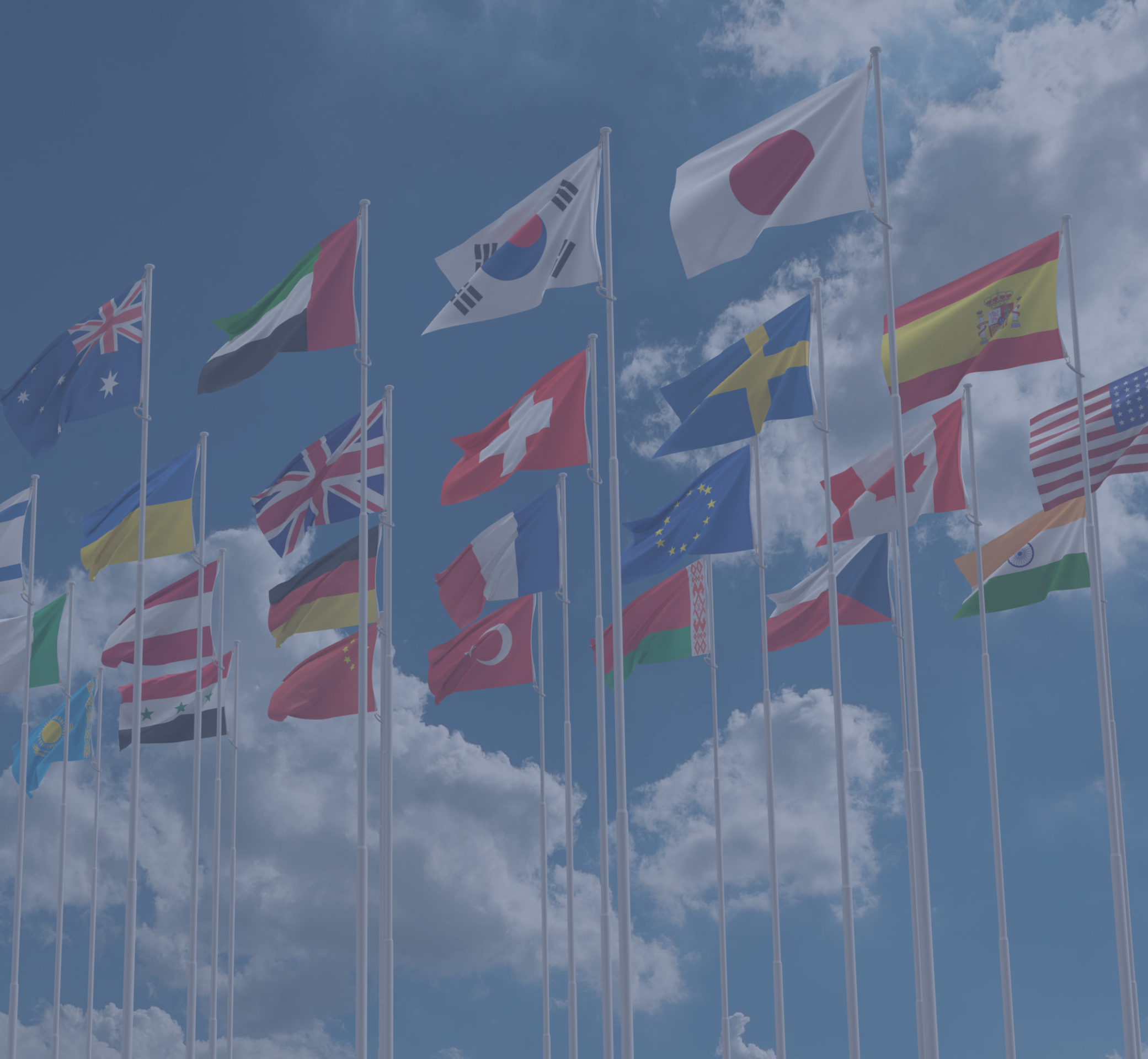Prohibition typically refers to the legal ban on the production, sale, and consumption of certain substances, such as alcohol or drugs. The problem with prohibition is that it often leads to unintended consequences, including:
Black market: Prohibition creates a black market where the banned substances are sold illegally. This results in a lack of regulation, quality control, and safety standards. Black market prices can also be significantly higher than legal prices, which can lead to violence and organized crime.
Increase in crime: Prohibition can lead to an increase in crime related to the production, sale, and consumption of the banned substance. This includes drug trafficking and smuggling.
Loss of tax revenue: Prohibition can result in the loss of tax revenue that would have been generated by the legal sale of the banned substance. This can be a significant loss for governments, especially if the banned substance was previously heavily taxed.
Negative health outcomes: Prohibition can result in negative health outcomes for those who continue to consume the banned substance. Without regulation and quality control, the substance may be contaminated or of low quality, leading to health problems.
Disproportionate impact on marginalized communities: Prohibition can disproportionately impact marginalized communities, including low-income and minority communities, who are often more likely to be targeted by law enforcement.
Overall, the problem with prohibition is that it often leads to unintended consequences that can be more harmful than the banned substance itself. It is important to consider alternative approaches, such as harm reduction strategies and education, to address the negative effects of substance use while minimizing harm.
Prohibition has been implemented in various forms throughout history. One of the most notable examples is the prohibition of alcohol in the United States from 1920 to 1933, known as the “Prohibition Era.”
The Prohibition Era was marked by the passage of the 18th Amendment to the US Constitution, which prohibited the manufacture, sale, and transportation of intoxicating liquors. The Volstead Act was also passed to enforce the prohibition of alcohol, with federal agents responsible for enforcing the law.
However, the Prohibition Era was marked by widespread disregard for the law, with many individuals continuing to drink alcohol despite the ban. This led to the rise of organized crime and the development of illegal speakeasies and underground clubs where alcohol was sold and consumed.
The prohibition of alcohol also had unintended consequences, including an increase in crime and violence, the loss of tax revenue, and negative health outcomes due to the consumption of poorly made or contaminated alcohol.
Ultimately, the Prohibition Era was repealed in 1933 with the passage of the 21st Amendment, which ended the ban on alcohol. The failure of Prohibition in the United States is often cited as an example of the problems with attempting to ban substances through legislation, rather than through education, harm reduction strategies, and public health initiatives.
There may be various reasons why politicians may attempt to prohibit certain things again, such as drugs, alcohol, or other substances. These reasons may include concerns about public health and safety, moral or religious objections to the use of certain substances, or pressure from interest groups or constituents.
However, as mentioned earlier, history has shown that prohibition often has unintended consequences that can be more harmful than the use of the banned substance itself. In addition, prohibition can lead to a range of negative social and economic outcomes, including the creation of black markets, increased crime and violence, and the erosion of civil liberties.
For these reasons, many policymakers, public health experts, and civil society organizations advocate for alternative approaches to substance use, including harm reduction strategies, education and prevention efforts, and evidence-based treatment and support for individuals struggling with addiction.
Instead of prohibition when it comes to tobacco harm reduction products, these politicians should learn from the mistakes of the past instead of repeating them.
As the wise Albert Einstein, who also enjoyed nicotine, once said “Insanity is doing the same thing over and over and expecting different results.”






2 Responses